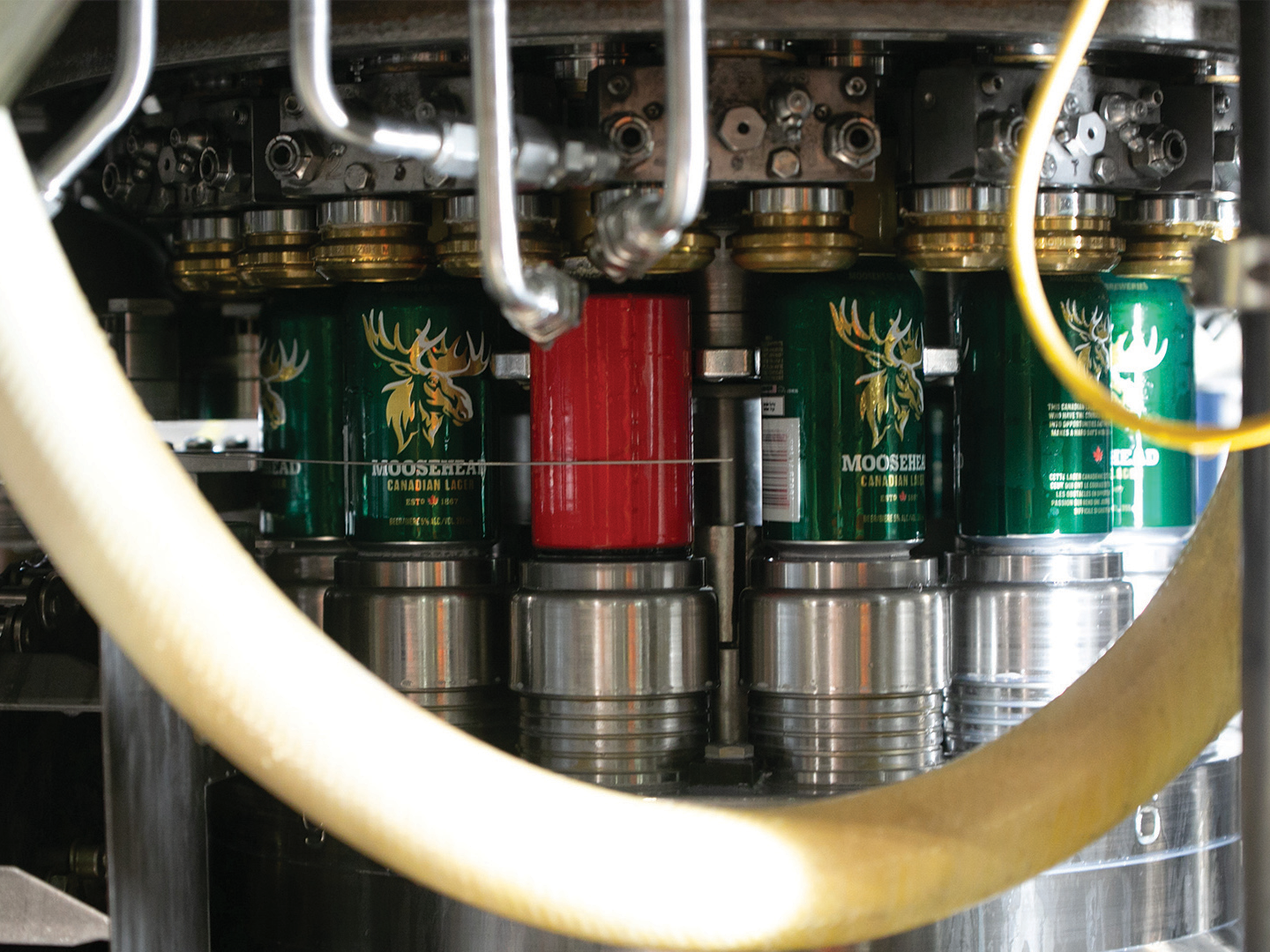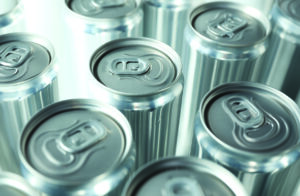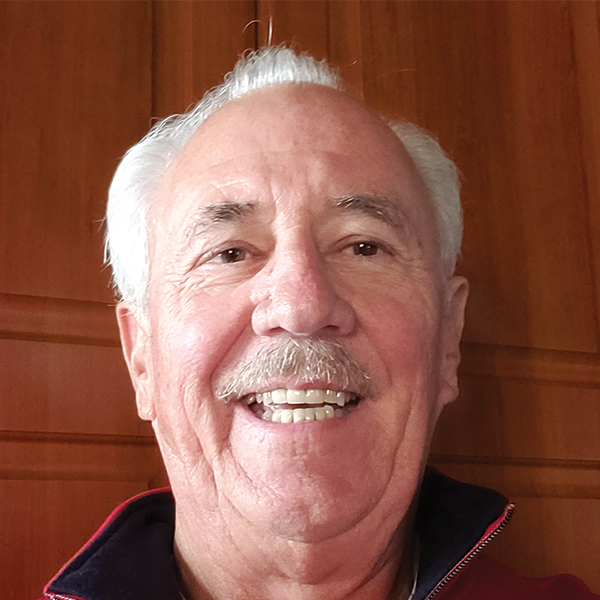
Exploring the domain of Quality Can Seaming: Ensuring the Perfect Seal (Part 1)
For more than forty years, I’ve been deeply immersed in the world of can seaming, working across various industries including oil filters, canned food products, pet foods, baby formula, paints, and beverages. This journey has introduced me to a captivating industry populated with incredibly talented individuals. Witnessing the seamless process of sealing beverage cans at a staggering rate of over 2,000 cans per minute is a remarkable feat that might boggle the average person’s mind. However, within the can industry, such feats occur routinely.
Common Elements and Crucial Factors
In all the diverse applications mentioned above, several critical elements unite them: optimal can mobility, precise synchronization of machinery, and equipment maintained in prime condition. In this article, I’ll delve into the realm of can mobility, shedding light on its significance.

The Essence of Can Mobility
Achieving good can mobility hinges on various factors that contribute to a seamless process. Quality cans are foundational, complete with appropriate drop-offs on can wear plates. The alignment of can guide rails plays a pivotal role in preventing any hiccups during transportation. Understanding the materials involved is equally crucial; whether it’s plastic, steel, or aluminum cans traveling on plastic, steel, stainless steel, or chrome-plated wear plates.
An often overlooked element is the soap lubricant used on these transportation wear plates. It’s important to note that a universal lubricant solution doesn’t exist, and different stages of the canning line might require different formulations. For instance, the lubricant used at the seamer transfer stage varies from what’s suitable for the flat top conveyors. Friction reduction varies significantly based on the specific materials in contact. A prime example is the preference for a fatty acid-based lubricant when dealing with aluminum cans on transfer plates – the right product recommendation can come from the supplier of the soap lubricant.
Troubleshooting for Success
When troubleshooting can-related issues in the beer and beverage industry, the seamer is a primary focus. Eliminating mobility problems is the first step, and this involves a systematic approach. The initial checks involve assessing transfer drop-offs, followed by meticulous evaluations of rail alignments and can-to-rail clearance. However, one of the most crucial aspects is identifying the presence of aluminum oxide buildup on wear plates (both plastic and metal) and lower chuck plates on the seamer. A simple test involves rubbing fingers on the plates and looking for silver or grey residue transfer onto the skin. If residue is found, a non-abrasive scotch brite pad with liquid dish soap can be used to gently cleanse the plates. This should be followed by a thorough rinse with water and a reapplication of liquid dish soap on all wear plates. If this corrective action improves can travel smoothness, it’s wise to examine the soap lubricant for concentricity. Subsequently, the quality of can bottoms should be scrutinized to ensure a comprehensive solution.
In the intricate world of can seaming, achieving airtight seals involves a meticulous understanding of can mobility, precise alignments, and appropriate lubrication. Each step is a vital component that contributes to the flawless operation of sealing processes. As I continue my journey within this fascinating industry, I remain amazed by the intricate dance of machinery and materials that seamlessly produce the products we encounter daily.
Read Part 2 of the blog here

Kevin Wright
With an illustrious career, Kevin formerly held the position of Director of Customer Service for Angelus, where he was instrumental in providing technical support to both domestic and international field service representatives. His extensive expertise also saw him assisting the can reps and customer maintenance teams, cementing his position as a trusted and reliable figure in the field.
His vast experience isn’t just confined to Angelus. Kevin stands out as a global authority in seamer troubleshooting. His hands-on work with the SmartSkin solution in numerous Coca-Cola plants worldwide further testifies to his profound knowledge and skill set.

